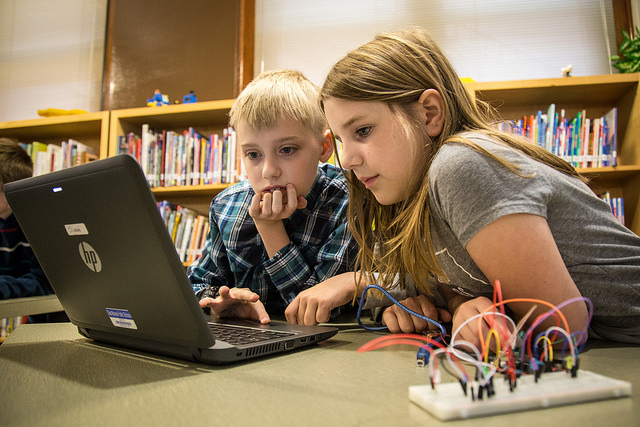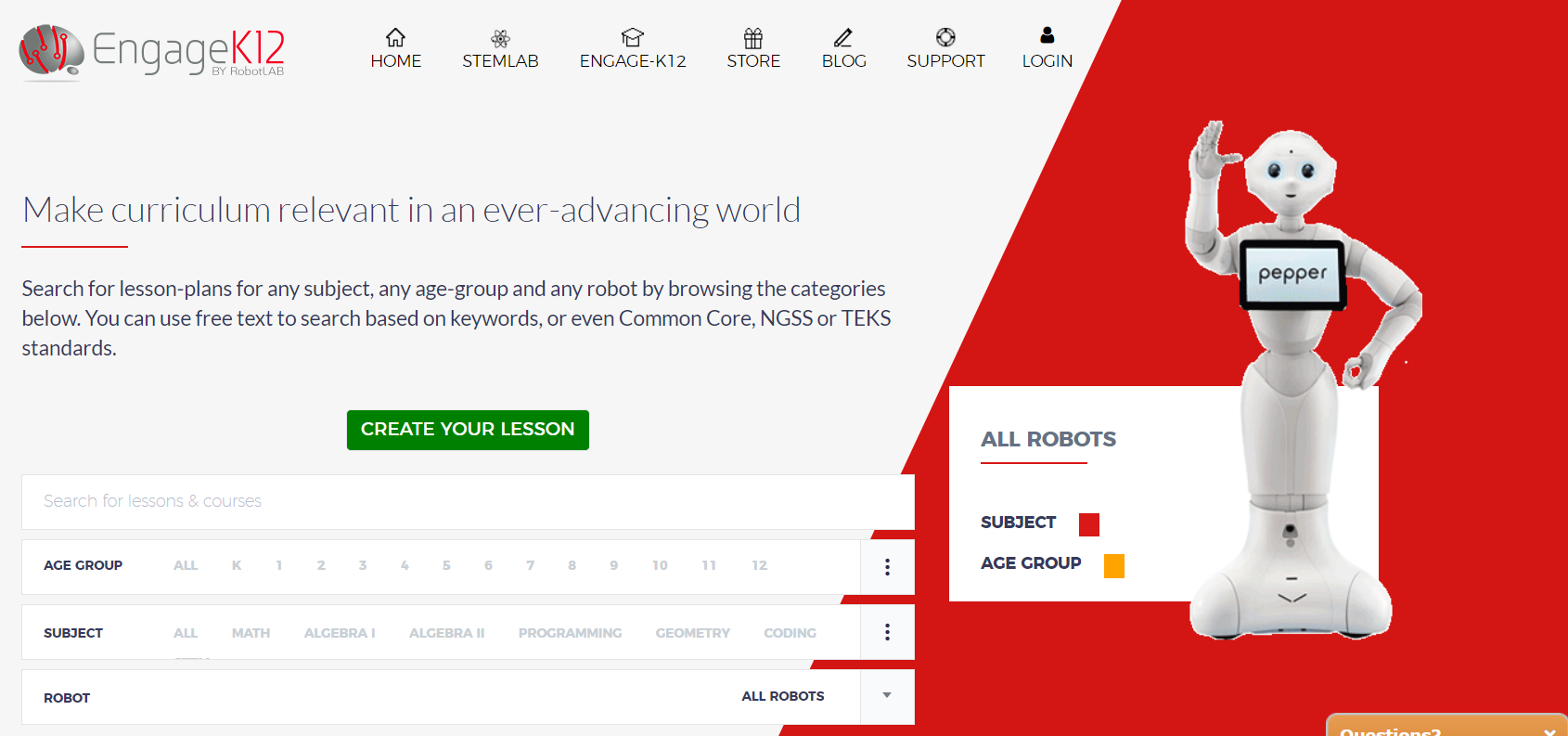It’s no surprise that careers are becoming more focused in the areas of Science, Technology, Engineering, and Math. According to Edutopia, 80 percent of the fastest growing careers in the US require employees to have some form of STEM education. The U.S. Department of Commerce has reported that over the past ten years, STEM jobs have grown three times as fast as non-STEM jobs. The same study has also reported employees in STEM careers earn 26 percent more than those who are in other careers.

While many careers today require STEM-educated employees, they aren’t necessarily requiring that those employees have a higher education degree. A report done by the Brookings Institution revealed that nearly half of STEM careers available to employees today do not require a four-year college degree, and those jobs pay ten percent higher than jobs that do require a college degree. This evolution in how we view the relation between jobs and education needs to be reflected in our children’s educational priorities. By investing in STEM education in k-12 schools, our education system can work to close the STEM skills gap that has left open a wide opportunity for employment.
To ensure that our children and the next generation are job secure and have equal opportunities for their future success, it’s important that we invest in STEM education. STEM programs inspire children, boost creativity and work to create the next generation of scientist, engineers, and computer programmers.
Creating Innovative Thinkers and Makers
STEM affects everything that we do as citizens of the modern world. Whether it is having an understanding of the solar system and the environment, playing with our smartphones, or leaving a tip at the restaurant, there’s hardly anything in today’s world that doesn’t in some way, shape or form involve STEM. In 2008 USA Today conducted a survey that found only 26 percent of adults believed they had a good understanding of basic science, and 44 percent could not name a living scientist. That is why it’s important for our children to be taught STEM in schools, so that they are given the opportunity to have an understanding of the world they live in.
Having a certain level of scientific literacy is as important today as being able to read and write. As employees, as citizens, and as consumers we need to be able to engage in intellectual discourse about the fast-paced and ever evolving technological world that shapes our lives. In order to prepare students for the future, we need to arm them with the knowledge they need to understand today.
By exposing children to STEM education, it could spark an interest in science and technology that could lead to a life changing invention or discovery. Whether it’s solving global hunger, curing cancer, or saving the environment, STEM plays a huge role in the solution to our world’s most pressing problems. Not only is it important for children to understand STEM to function in the world, but also to be able to improve society for the better.
Global Leadership
The United States has fallen behind in science and math education compared to other developed countries. While science is a national priority, STEM programs are still not being well funded and prioritized in schools. California Representative George Miller pointed this out as the chairman of the House Education and Labor Committee in 2009 saying, “We’ve fallen to 21st in math achievement, 25th in science, and 24th in problem solving. We used to be No. 1 in college completion. Now we are 18th.”
These statistics clearly pose a problem when thinking about the place the United States and our citizens holds in the world. By having our students falling behind in STEM programs, we are affecting our own economy and global competitiveness.

Discover more about STEM with RobotLAB!
Check our product page and discover different EdTech Tools for education.
Check as well our learning platform Engage!K12 that offer a wide range of lessons for students and teachers! No robotics experience required.
RobotLAB products Take me to Engage! K12

